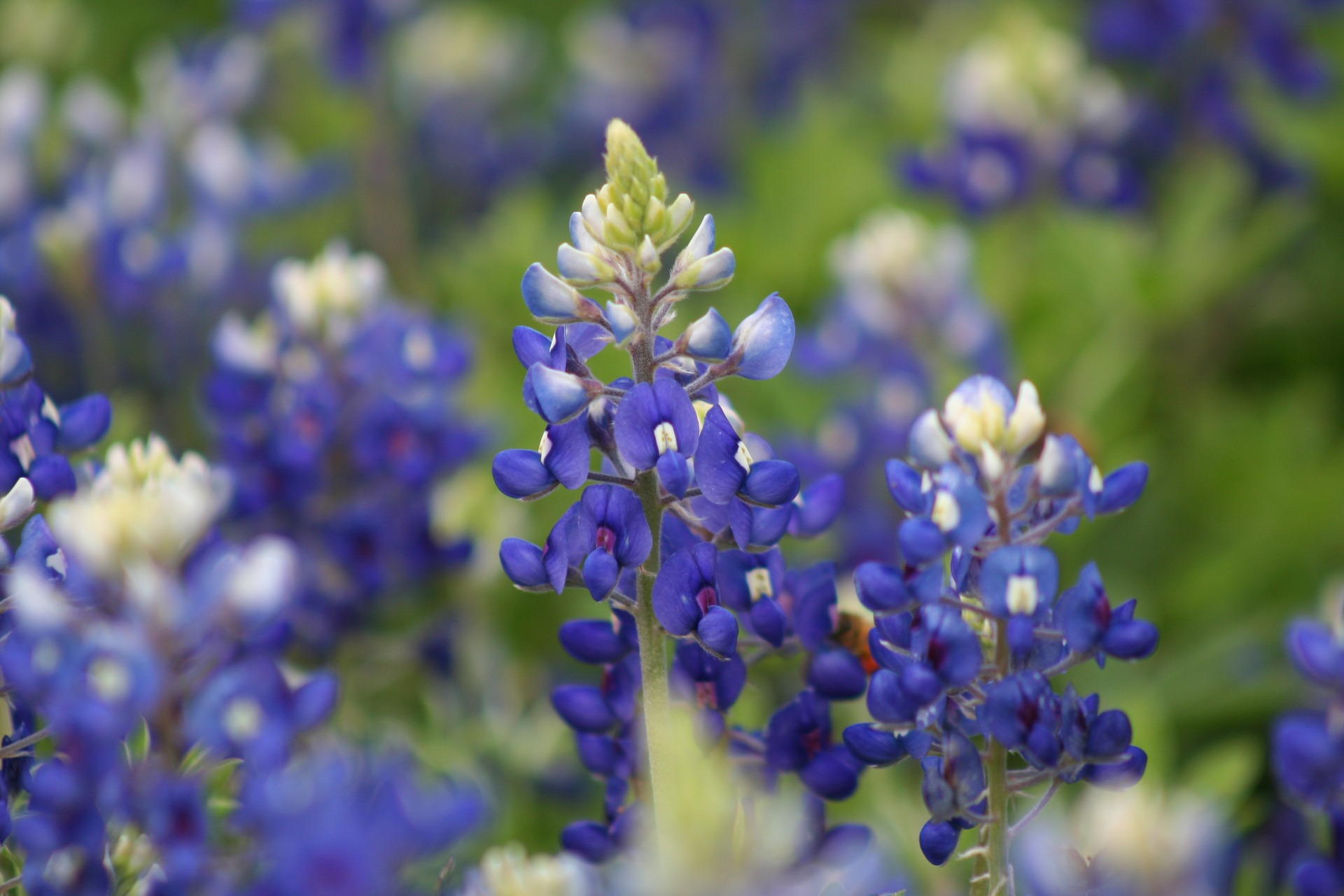Winners of the 2023 Galveston County Pecan Show; click here!
Galveston County Master Gardener Association (GCMGA) is a voluntary, nonprofit, educational, literary and charitable association organized to support Texas A&M AgriLife Extension and the Texas Master Gardener Association. GCMGA is not affiliated with any commercial enterprises. GCMGA serves residents of Galveston County, Texas, in cooperation with the counties’ AgriLife Extension office. Please click Join Us for more information about how to become a Galveston County Master Gardener.
GMGA’s Objectives:
- To increase the gardening knowledge of its members and the general public.
- To support and assist Texas A&M AgriLife Extension by providing the four-county community with information on good gardening practices through news articles, clinics, presentations, schools programs and other community groups, by telephone and digital media.
Master Gardeners are volunteers, trained by Texas A&M AgriLife Extension in research-based horticulture including soils, water conservation, composting, entomology, plant pathology and related subjects. As County Extension Service volunteers, they give to the community by extending research-based knowledge and providing solutions in one-to-one problem solving, in a demonstration gardens and educational programs. What really sets Master Gardeners apart from other home gardeners is their special training in horticulture.
What do Galveston County Master Gardener Association Members Do?
- Demonstration Gardens
- Youth Education
- School Garden Projects
- Speakers Bureau
- Lunch ’N Learn Programs
- Summer Gardening
- 10 Week Training Course with Field Trips
- Monthly Chapter Meetings with Informative/ Educational Speakers
- Annual Online and In-person Plant Sales

